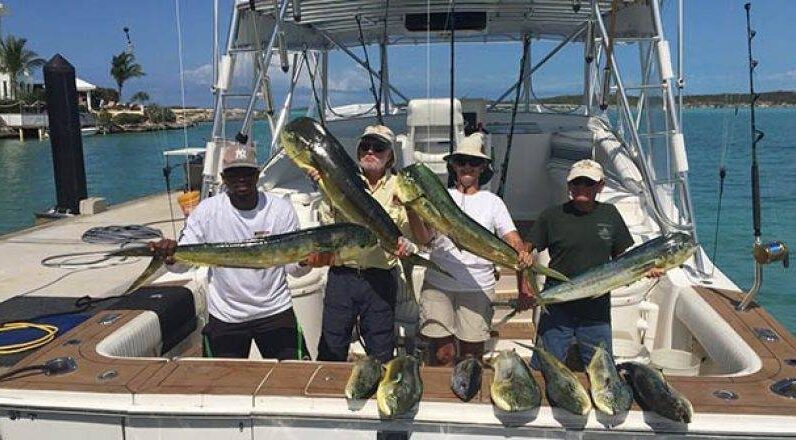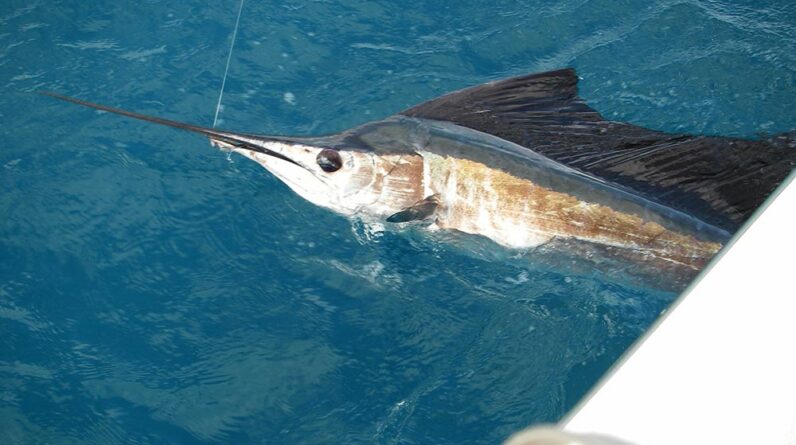Catching impressive Northern Pike while fishing in Manitoba
Everyone knows that if you want to catch large Northern pike, you have to go pike fishing in Canada. And right in the middle of Canada is the province of Manitoba. Manitoba is well-known for its ability to produce large Northern pike. Since the summer of 1990, using barbless hooks has been a law in our province. We take great pride in promoting catch and release, which has contributed to the continuous improvement of fishing opportunities.

Dunlop’s Fly-In Fishing Lodge & Outposts is a place where many huge Northern Pike, measuring over 50 inches, have been caught! We catch many large Northern Pike, measuring 41 inches or more, every year.
Northern Pike is a type of fish commonly found in Canada. It is known for its long, slender body and sharp teeth. Many Canadians enjoy fishing
The Northern Pike is the most popular fish to catch in this region. With their impressive strength, they can deliver an exhilarating battle, often tearing apart fishing equipment like lures, leaders, and lines, and sometimes even causing damage to rods and reels. Being able to spot these massive Northern pike in shallow water and witnessing the moment they strike your lure is absolutely thrilling.
Lake Waskaiowaka is known for its abundance of impressive Northern pike. Here, whenever you hop into the boat, you have a real chance of reeling in a genuine trophy fish. In Manitoba, if you want to qualify a Northern pike in the Master Angler Program, you need to catch one that is at least 41 inches long. At Dunlop’s Lodge, we always manage to catch Northern pike that are much longer than what is required. Every day, people catch pike that measure between 42 and 46 inches in length. There have even been a few really big Northern pike, measuring over 50 inches, that were caught and then released back into the water.
The Northern Pike fishing season is a great time for Canadians to enjoy the sport of fishing. It’s a popular activity that many people look forward to each year. During this season, anglers have the opportunity to catch Northern Pike
What is the optimal time to go fishing?
This is likely the most frequently asked question people ask when they are planning to book a trip for the first time. This is a great question because you’re investing a significant amount of money and you want to ensure that your trip is enjoyable and meets your expectations. Up here in Canada, we have the pleasure of experiencing spring fishing, summer fishing, and fall fishing all within a span of three to four months. The remaining months of the year, however, the lake freezes over. Due to the limited duration of the fishing season, the fish tend to be quite active and their preferred locations can vary from week to week.
This handy guide can give you an idea of what the fish are up to and what kind of fishing you can anticipate throughout the year.
- PRE-SPAWN: (Typically occurring towards the end of May or the beginning of June.) This happens as soon as the ice melts from the lake and is excellent for catching a large quantity of fish. You can catch a lot of pike in the shallow water when they are swimming towards their spawning areas. Men tend to be more active than women, but even the impressive female individuals can be attracted with minimal effort.
- SPAWN: (This happens within 14 days after the ice melts, typically in the first or second week of June.) The spawning process is initiated by higher water temperatures and longer periods of daylight. This usually only takes a day or two and it’s not very likely that they will be attracted to lures. Luckily, not all pike in the lake lay their eggs at the same time. So, while some pike in one bay are busy spawning, you can still find pike in the next bay that are actively biting.
- AFTER SPAWNING: (Around the second week in June.) Right now, the male fish are more active and can be caught using a variety of bait or lures. The large female fish are recovering from the breeding season, but you can still catch them using slow-moving baits or flies.
- SPRING: (Third week in June) In Canada, spring typically begins in the third week of June. The pike are super active and can be found in the shallower parts of the water. There aren’t any weeds yet, so they hide among the rocks and in the small areas with some colour on the bottom. Water temperatures also play a significant role in finding pike during this time.
- EARLY SUMMER: (Last week of June and first week of July.) Pike are heading towards the deeper areas of bays where the weeds are beginning to grow. The fish are eating really well, eh? Pike can be found in various locations, regardless of the amount of weed growth.
- SUMMER: (This typically refers to the period from the second week of July to mid-August.) During this time of year, the weather tends to be quite consistent and the fish are active in their feeding habits. The pike are staying near the areas with cabbage plants and the shorelines where the wind has blown. Most of the really big northern pike that are caught from a lake are usually caught during this time. Great lures to use are weedless spoons, eh?
- FALL: (This typically occurs towards the end of August) The plants that we don’t want in our gardens begin to wither away, and the fish start to swim away from those areas. The population of small pike will decrease in speed, but the larger ones are still actively hunting for food. This is when the large ones are really heavy and put up a strong fight, eh?
- THE TURNOVER: (Early to mid September) In Canada, the turnover refers to the period of transition that typically occurs in early to mid September. During this time, there are various changes and shifts happening in different aspects of life. It could be related to the changing of seasons, with summer This is when you don’t want to be out on the water because it’s the least productive time. Fishing is not going so well lately because the water temperature has become uniform, making it harder to locate and catch pike as they are spread out.
Tips for Catching Trophy Pike in Canada Are you looking to reel in a trophy pike during your fishing trip in Canada? Here are some helpful tips to increase your chances of success: 1. Choose the Right Location:
Top Northern Pike Lures for Canadian Anglers…
With their big appetites, these pike can be caught using almost any lure, but we’ve noticed that some lures tend to work better than others. Some essential lures you should bring along when you come fishing with us are:
- Blue Fox Super Vibrax # 5 or # 6 (Gold and silver are best)
- Mepp’s #5 (without any hair)
- Len Thompson #2 spoons, any colors
- 1 oz Daredevils
- Johnson Silver Minnow, gold or silver ones with twister tails
- Bombers
- Large Crank Baits
Good fishing gear options for catching Northern Pike
The best thing you can do is invest in some high-quality equipment, eh? The inexpensive items will only last for a short period of time, which could potentially spoil your trip. You’ll need a fishing rod that’s medium to heavy action, specifically designed for casting or bait-casting. Make sure it’s at least 6 feet long. You’ll want a strong and sturdy fishing rod, but not something as thick as a broomstick, with a sensitive tip to handle those large pike. Using a light fishing rod can cause the fish to take a longer time to be caught and can also put unnecessary stress on them. Playing with the fish for too long can make it more difficult to revive them after you’re finished taking pictures. We need leaders that are at least 9 inches long, with sturdy snaps and swivels. The top choice for fishing leaders are the titanium ones. Seriously, you typically get what you pay for, eh? The most important thing is to have a reliable drag system that works well. If it doesn’t work out, eh, you’re gonna lose the big fish, eh, and a whole bunch of tackle, eh. Also, make sure to bring some new fishing line that is between 14 and 20 pounds test strength.
Come on over and discover the beautiful shorelines, bays, and natural formations of Lake Waskaiowaka, the Little Churchill River, and many other rivers that you can easily explore. These lakes have always been catch and release since the beginning. This is a tradition that we will continue to maintain. In order to achieve success in our conservation efforts, we rely on our visitors to also prioritize conservation. It is extremely important to handle all fish with care and practice catch and release diligently. This will help ensure that future generations can also enjoy the incredible experience of trophy fishing in our waters.






